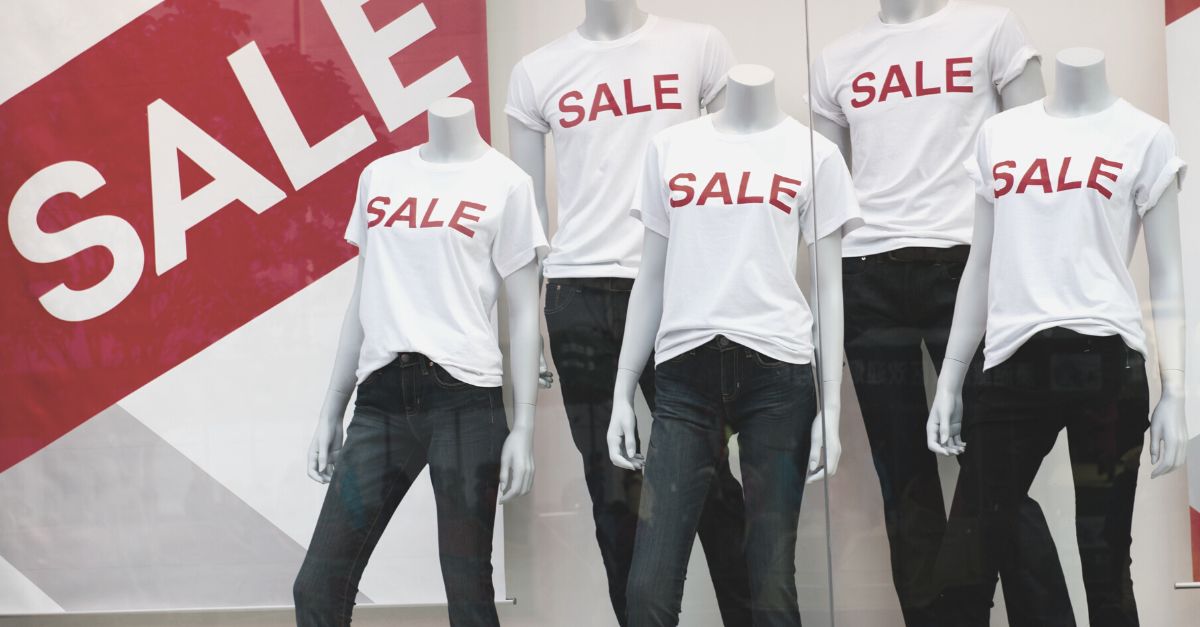Project Description

Retail Promotional Forecasting

Retail Promotional Forecasting
Even prior to the highly fluctuating demand driven by recent business disruptions, competitive pressures and the inability to efficiently manage inventory have driven retailers to increase focus on promotional forecasting and management. Further complicating matters include an over-stored industry, easier access to competitive pricing and promotional information, and the rapid consumer demand for omnichannel capabilities across the retail industry.
The combination of promotions engendered by merchandising and the multiple layers of digital and customer-direct offers has muddied the water further. Merchants carefully plan their promotions during the pre-season, purchase inventory to support those events, and work with their marketing counterparts to prepare the appropriate communication vehicles. At the same time, the e-commerce team, operating on a shorter lead-time, may be reacting to business performance by adding and changing offers on a daily, even hourly basis. On top of this, the customer relationship management (CRM) team develops e-mail and social media offers to drive traffic to the store and the site. The net result of these interacting promotions is that retailers are in danger of losing control of their pricing and their margins, not to mention confusing and frustrating their target consumers.
Unfortunately, many retailers are seeing their financial performance suffer as a result of the competitive promotional melee. One of the reasons for the degradation in the effectiveness of individual promotions and the resulting margins is the lack of ability to predict the outcome of these stacks of promotions.
It is time for retailers to reassert control over their promotional destinies. In this point of view, we will explore the complexities, challenges, and leading practices in planning and executing effective promotions, as well as accurately predicting (and even optimizing) promotional outcomes. We will consider both the art and science of promotional forecasting and management, along with a strong dose of basic execution and even some advanced predictive capabilities.
Promotions Objectives and Assumptions
To get started, let’s outline the fundamental reasons why a retailer promotes their products. These include the following objectives:
Capture Market Share
Increase the portion of the market controlled by the retailer by luring transactions away from competitors
Encourage Trial
Entice potential customers to buy with the intent of converting them into repeat customers
Drive Unit Sales
Sacrifice margin $ and/or rate to increase unit sales, with the expectation that customers will buy higher-margin items at the same time or in the future
Boost Brand Image
Feature items that best represent the brand, demonstrate the relevance of the assortment, and/or provide differentiation from competitors
Liquidate Inventory
Stimulate demand for items that have excess inventory
Almost all retailers utilize some form of promotions—print advertising, mailers, emails, social media campaigns, and more. In today’s ultra-competitive retailing market, the goal of standing out, being noticed, and influencing behavior is indeed a challenge, but also a necessity and an opportunity.
There are some assumptions that must hold true for even the most basic promotion to be relevant to the target consumer:
Five Tenets of Effective Promotions
While seemingly rudimentary to some, many retailers continue to struggle with the basic underpinnings of effective promotion. These include:
Most retailers have solid business processes and systems to support some of these capabilities, but virtually none can boast of being strong in all of them. Nevertheless, in today’s promotional environment this list does not represent advanced functionality—these are simply table stakes. If a retailer struggles with any of these elements, then a corrective investment is warranted.
You may also like
Promotion Optimization Solutions
Looking beyond this foundation, there are exciting developments that allow retailers not just to predict the results of promotions, but to model and optimize promotions to attain desired outcomes. This advanced functionality is offered by several software providers—including Parker Avery’s demand analytics platform—and the results are compelling. These applications combine data from multiple sources, including marketing, CRM, e-commerce, merchandising, planning, and finance.
Inputs to promotion optimization solutions include any combination of the following data sources:
Collecting this data and making it available for promotional optimization is no doubt a significant effort, but the resulting performance improvements can be astounding. Consider the amount of time and effort retailers put into planning, managing, executing, and measuring promotions. Add to that the amount of margin wrapped up in promotional markdowns, and ultimately, even slight improvements in the effectiveness of promotions can drive substantial business results.
Consumers in today’s retail market have high expectations of their brands and shopping channels. Beyond quality products, enticing assortments, and engaging shopping experiences, when considering pricing and promotions, these expectations include clarity of messaging, competitive pricing, product feature information, and available inventory (including specific locations). These are not unreasonable expectations—failure to deliver against them is to court disaster with your assortment’s performance objectives as well as your consumer’s brand loyalty. Moreover, when executed successfully, customers will reward a retailer’s efforts with quantifiable results, including improved margins, increased traffic and trial, higher sales, and strengthened market share.
Even slight improvements in the effectiveness of promotions can drive substantial business results.
Promotional Forecasting Call to Action
What can retailers do to confront these challenges and effectively manage promotions and related demand signals? We offer the following recommendations:
Final Word
Today’s retail promotional forecasting and management complexity is not for those who yearn for simplicity and ease. It is not for the faint of heart, nor is it a strategy to be taken lightly. However, when done well, with the appropriate balance of process, solution, and merchant intuition, promotional forecasting will provide competitive differentiation and financial rewards for retailers willing to take it to the next level.
Contributors
The Parker Avery Group is a leading retail and consumer goods consulting firm that transforms organizations and optimizes operational execution through development of competitive strategies, business process design, deep analytics expertise, change management leadership, and implementation of solutions that enable key capabilities.





